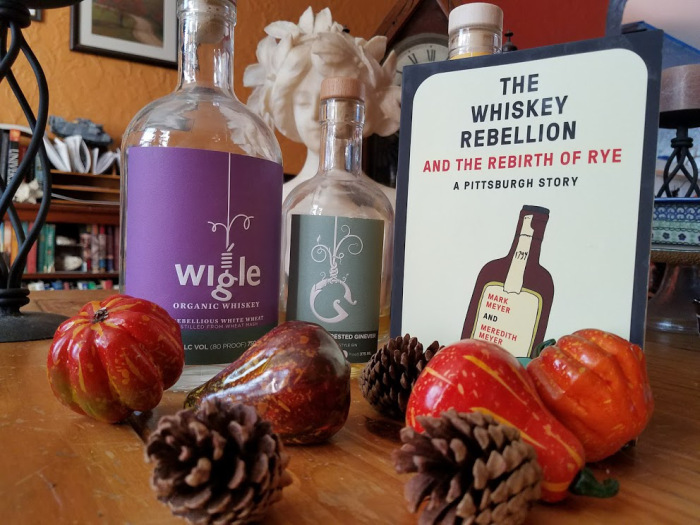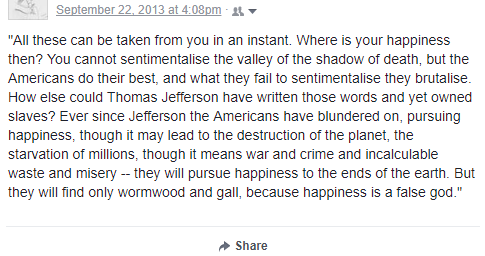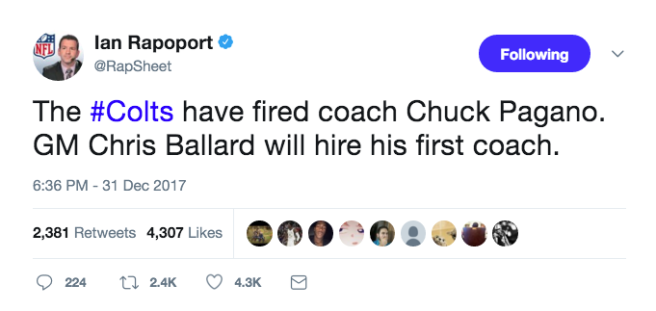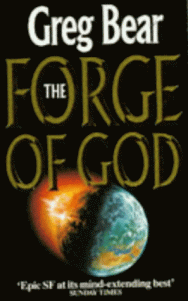
The Whiskey Rebellion and the Rebirth of Rye: A Pittsburgh Story by Meredith Meyer Grelli
I remember when I was first presented with the necessity of moving to Pittsburgh. I was a New England girl born and raised, but the possibility of securing a job in my field (probably a bad idea to major in anthropology) was enough to have me seriously considering the move to (in my New England mindframe) the middle of the country. But . . . Pittsburgh, I said to myself. I pictured post-apocalyptic visions of smokestack-strewn horizons, coal blackened skies and landscapes, the dirty grime of hundreds of years of industry. The reassuring and vague “It’s not like that anymore” from my then-boyfriend (now husband) did little to instill confidence in our new home.
Then we arrived. And all my misgivings and preconceptions faded away. It was a clear, bright midautumn day, the leaves, though not as brilliant as those I’d left behind, marched in colorful ranks up and over the hills. The gleaming US Steel Tower (the locals refuse to call it anything else, no matter who owns it), the castle-like PPG building and the art deco Gulf building dominated the downtown skyline. Bridges of yellow and blue, constructed solidly from (local) steel and concrete sprouted along the rivers like crepe paper. And the hills . . . we were moving to the neighborhood of Mt. Washington (which is extra hilarious for New Englanders) and it seemed that no surface was too vertical to build on. Houses and shops hung from the side of cliffs, streets marched uphill and turned into staircases when the grade became too steep for cars. At night, the city spread out around us both horizontally and vertically, a sight one might associate more with a Rio de Janeiro than a mid-Atlantic American city.
Pittsburgh is a city rooted in its past. Rail lines, old factories, and other evidence of bygone industry haunt the landscape. But Pittsburgh is also one of the fortunate cities in the “Rust Belt” to largely avoid the economic crash so many other places still face. The natural gas and medical industries employ thousands. Google, Uber, and other world-class companies have headquarters here. The city may see itself as a hardhat-wearing, steelmill-working tough guy, but it is also a self-driving-car test ground, a farm-to-table giant, a craft beer haven, and a foodie paradise. These two disparate parts of Pittsburgh coexist, sometimes cordially, sometimes not, and those who have lived their lives here feel the pressure to decide which path the city will ultimately take.
Wigle Whiskey embodies this dichotomy. Started as a family enterprise in 2011, Wigle sought out Pittsburgh’s deep distilling roots (the city was once the rye whiskey capital of the country, before rye was superseded by Kentucky bourbon) while embracing the city’s future (the craft spirits revolution is proceeding quite similarly to the craft beer revolution a few decades ago). The name evokes Pittsburgh’s very beginnings, named after an actor in the Whiskey Rebellion, where local distillers (violently) protested a federal tax placed on whiskey stills.
The Whiskey Rebellion and the Rebirth of Rye (I was bound to get to the book eventually) is a love story both to the city of Pittsburgh and the craft of making spirits. The book begins with a brief overview of The Whiskey Rebellion (for a more in depth look, you can check out William Hogeland’s The Whisky Rebellion), as well as the history of the Overholt family (Old Overholt Whiskey being one of the oldest whiskeys continuously distilled in the United States). The book then gives us an insight into the current state of craft brewing, and the challenges and niches that make distilling both difficult and rewarding. The book finishes with a number of drink recipes (huzzah!) for the dedicated liquor enthusiast.
Meredith Meyer Grelli, who is one of the founders of Wigle Whiskey, is a person enthusiastically in love with her work and her home city, and this loves shines throughout the book. Anyone who has heard her speak at one of the distillery tours knows the level of enthusiasm she brings to the craft, and she carries that enthusiasm over into the written word. Anybody interested in a quick, readable history of the Pittsburgh region and craft distilling should find this book entertaining and informative. And if you’re in the area, be sure to stop by the distillery for a cocktail, a flight, and a tour. The rich history of this city deserves to be celebrated.
A copy of this book was provided by the author in exchange for an honest review.
Advertisements Share this:- More





